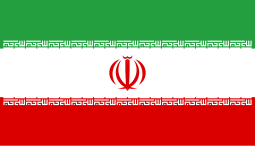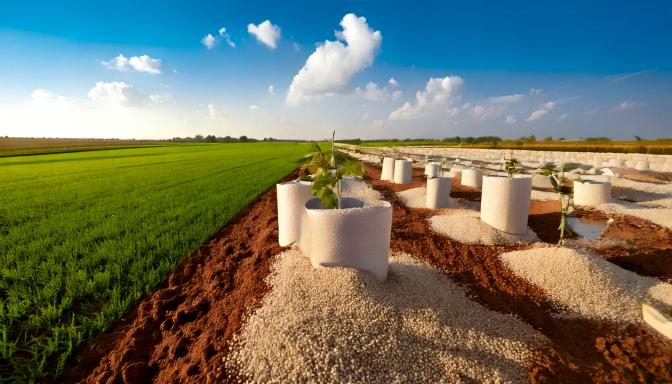Agricultural perlite is a unique volcanic rock that expands more than 13 times its volume at temperatures around 900°C This rock transforms into a very lightweight, sterile, and white material under heat Each particle of expanded perlite contains tiny air cells and multiple, layered cavities, providing ideal conditions for root development and plant growth.
With its inherent rough texture, agricultural perlite has an excellent particle size that ensures outstanding aeration and high drainage in the growing medium. Due to its large surface area, it retains a significant amount of moisture, releasing it in the most beneficial way for plant growth and propagation.
This type of perlite is odorless, chemically inert, and does not lose or degrade in quantity. It is also very light in weight.
Its lightness enables the creation of uniform and lightweight mixes, such as perlite-peat blends, which have a much lower weight compared to natural soils. This product is commonly used in combinations with various fertilizers (such as animal and plant-based fertilizers), sawdust, or other soil conditioners, and is available in various sizes. The wide range of particle sizes allows for adapting the growing medium for different types of plants throughout all their growth stages, from propagation in small containers to large-scale production systems.
Fully hydrated agricultural perlite weighs only 640 kg per cubic meter, while fully hydrated growing media range from 1600 to 2000 kg per cubic meter. By using mixed combinations of agricultural perlite and other additives such as peat, compost,
or organic fertilizers, the weight of the growing medium can be reduced by up to 60%, making it an ideal soil substit.
Water and Nutrient Retention for Plants and Providing Adequate Oxygen for Roots
Agricultural perlite is capable of absorbing and retaining 3 to 7 times its weight in water without causing waterlogging. At the same time, it can also increase the capacity to retain dissolved nutrients and prevent nutrient leaching during repeated irrigation. Additionally, the microscopic structure of perlite particles, with its multi-layered cavities and pores, allows it to retain at least 20% of its useful water content even when saturated. This feature enhances air and oxygen exchange in the growing medium, promoting healthy root development.
Long-Term Economic Benefit
Agricultural perlite is an expanded volcanic glass, and unlike organic materials, it does not decompose. Its properties are maintained for a long time in the soil, providing long-term benefits without the need for frequent replacement.
Chemically Inert
Agricultural perlite is essentially close to neutral in pH and is largely insoluble in most natural environments. Therefore, it does not significantly affect the pH or acidity of the growing medium, ensuring a stable and optimal environment for plant growth.
Perlite for Improving Ordinary Soils and Preparing Soil for Cultivation
Perlite can be used alone or in combination with organic fertilizers, making up 15 to 35% of the volume of fresh soil, as follows.
Step 1: Plow the untouched soil with a tractor, then till or rake the soil to a depth of 15 to 30 centimeters.
Step 2: Spread perlite at a thickness of 1.5 to 5 centimeters over the soil. For more complete soil preparation, you can also add a layer of organic soil conditioners, such as (organic fertilizers), on top of the perlite layer.
These materials can include peat, compost, expanded clay, wood chips, or bark, all containing nitrogen-rich compounds.
For land that previously housed shrubs or trees, it is recommended to mix perlite at a minimum of 1/3 of the volume with organic amendments (such as organic fertilizers) and natural soil (i.e., the volumetric ratio of perlite, fertilizer, and soil should be 1:1:1).



